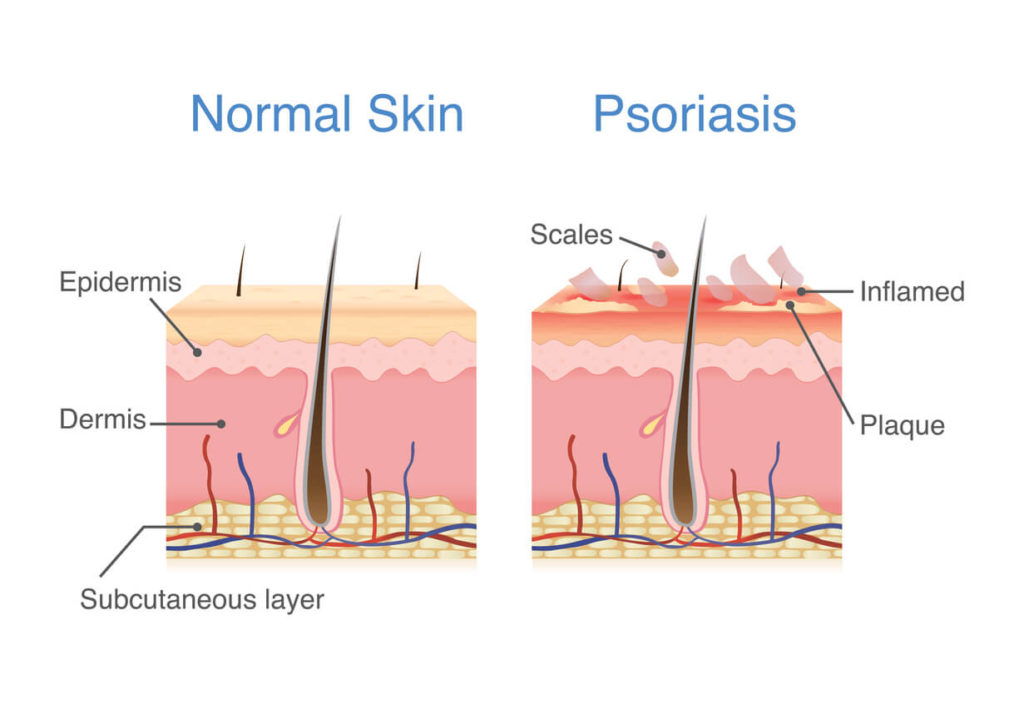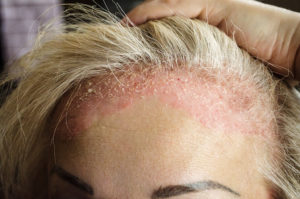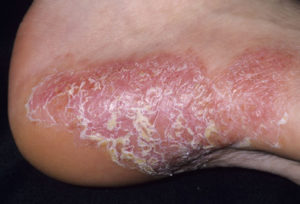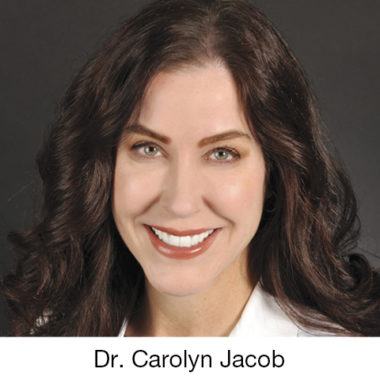Psoriasis
Psoriasis involves chronically recurring rash-like lesions (thick red scaly patches) accompanied by pruritus (itchiness), irritation, redness, impacted surface cells or hypersensitivity. It is most common on the scalp, elbows, knees, hands and feet. The majority of cases see onset before the age of 40.
Jump to
Normal Skin vs. Psoriasis

Types
& Causes
Psoriasis
Common Types

Plaque Psoriasis
This is the most common type. About 8 in 10 people diagnosed with psoriasis have this kind. Plaque psoriasis causes raised, inflamed, red skin covered with silvery, white scales. These patches may itch, burn and crack and bleed. It can appear anywhere on your body, but it often pops up in these areas: elbows, knees, scalp and lower back. The more you irritate the area by scratching or aggressively rubbing the surface, the thicker the scales can get. A patch can be as wide as 4 inches; sometimes more. You can get it at any age, but it is more common in adults.

Scalp Psoriasis
About half of those diagnosed with psoriasis have this type. It looks like dandruff, but it has a very different disease pathology. Dandruff flakes are yellow and tend to be oily/greasy. Scalp psoriasis is powdery and silver or white. The skin may also appear a bit crusty or flaky. This type can cover the whole head. It can also appear on your forehead, back of the neck, and around the ears.

Pustular Psoriasis
This rare type might be a reaction to an infection, stress, medications, or contact with certain chemicals. It causes red, swollen patches of skin with pus-filled bumps (called pustules). When these dry out, they turn yellow-brown and scaly. It usually shows up on the palms of your hands or the bottoms of your feet. The blisters may break open, leaving skin cracked and painful. This type can sometimes be life-threatening. Go to the hospital immediately if the bumps spread quickly all over your body. Other emergency symptoms are severe itching, rapid pulse, fever, muscle weakness, and chills.
Common Causes
- genetic predisposition
- trauma
- infection
- medications
Treatments
& Protocols
How to Treat
-
Sensitive Skin: Gently Exfoliate and Increase Cell Turnover -
Sensitive Skin: Decrease Redness and Inflammation -
Sensitive Skin: Increase Hydration to Control Excessive Dryness -
Sensitive Skin: Protect from UV Exposure (SPF)

